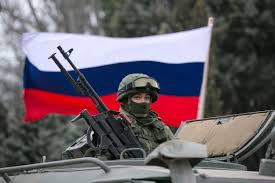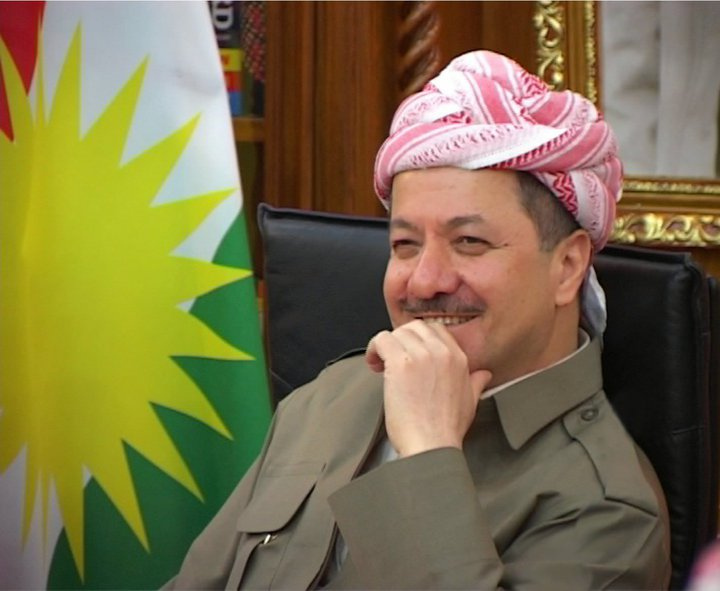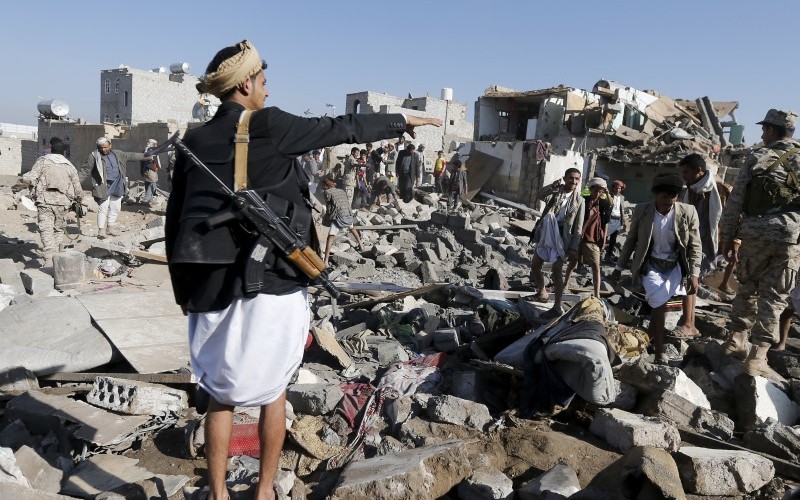The handbook, a slick sixty-eight-page publication packed with photos and data on Russian equipment that might be used to wage asymmetric warfare focused on Russian operations in Ukraine and the Crimea, which involved small special-operations troops—sometimes operating undercover—and small, heavily armed formations of regular Russian troops backing local separatist groups, The National Interest reports. It concludes that Russian strategy is based on achieving regime change through teaming up with local proxy forces, rather than conventional military victory by Russian troops. “Because the new objective is the change of an entire system of government, the RNGW approach can use any lever of influence in their reach to achieve this change,” the U.S. army study explains. “Not all regime changes have to be resolved with a military option, but when a military lever is activated, it is done by, with, and through segments of the local population. The involvement of locals gives validity to military action on the world stage”.
Latest from EUROPE
Even if an average European, sipping morning coffee with a croissant, notices news reports about the
Trump’s initiatives to end the war not because of Russia’s defeat on the battlefield, but because
Hungary, Paks II and Viktor Orbán. How European unity is being undermined by corruption in Hungary’s
The shadow fleet transporting Russian oil has experiencedsignificant growth, representing around 17% of the global oiltanker fleet by the end of 2024. The trajectory of thisphenomenon remains unpredictable, driven by its rapidexpansion and the volatility of the geopolitical and economiclandscape.
The inauguration date of U.S. President-elect Donald Trump is approaching, and with that comes talk of








